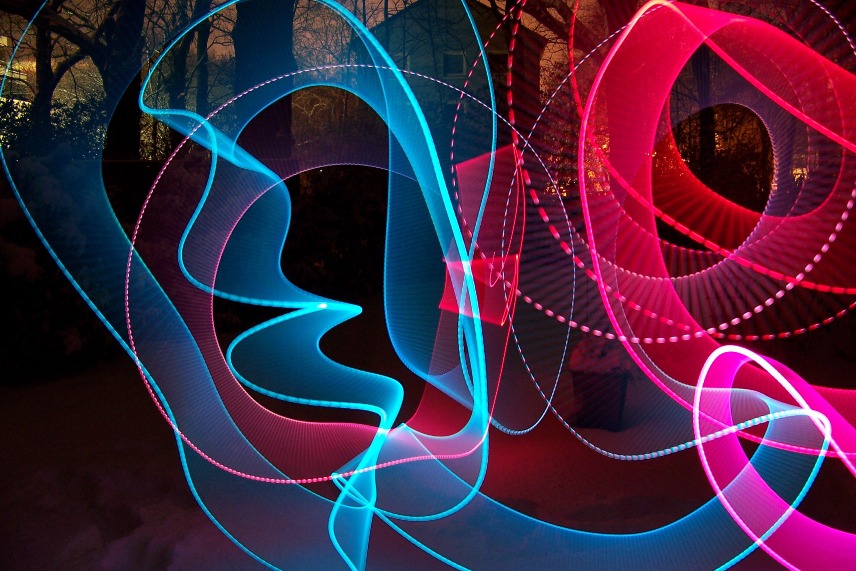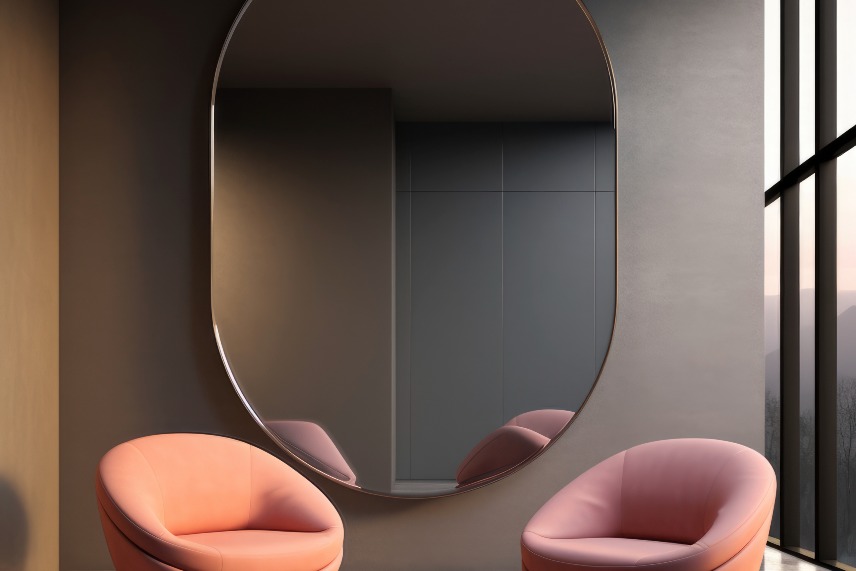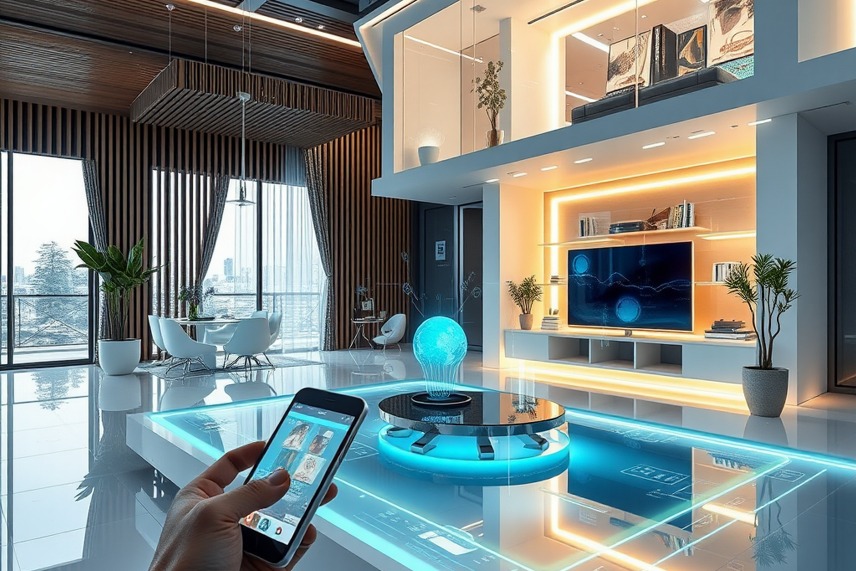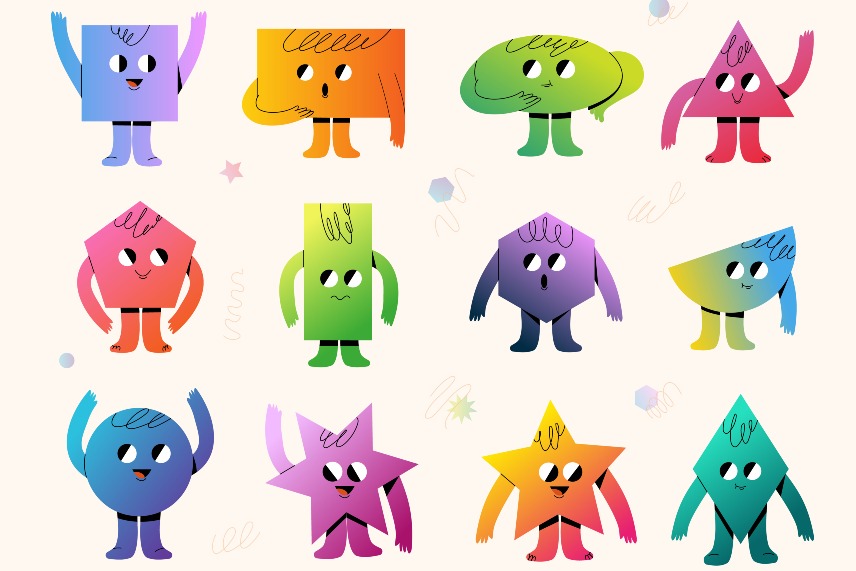- HOME PAGE
- / BLOG
BLOG

Dynamic Atmosphere Design with LED Lighting: The Art of Shaping Light in Modern Interiors
Lighting is one of the most powerful design tools that defines the character of a space. In 2025 and beyond, one approach stands out in interior design: Dynamic LED Lighting Design. This system programs light according to function, directs mood, enlarges or deepens space, and enhances everyday comfort.
This guide covers the fundamentals of dynamic LED lighting, light psychology, ceiling–wall–furniture integrations, 2025 trends, common mistakes, and professional tips.
1. What Is Dynamic LED Lighting?
Dynamic LED lighting is a controlled system where light temperature, intensity, and direction can be adjusted according to different scenarios.
Example lighting modes:
• TV mode: 2700K + low brightness
• Work mode: 4000–5000K + direct task lighting
• Dining mode: amber tones + soft wall wash
• Meditation: pastel RGB
• Guest mode: high-CRI lighting + dramatic ceiling accents
LED lighting quietly defines how a space should be used and shapes the overall atmosphere.
2. Light Temperature Transitions
Light temperature (Kelvin) shifts the emotional tone of a space.
a) 2700K–3000K (Warm Light)
Creates comfort and relaxation; ideal for living and bedroom areas.
b) 3000K–4000K (Neutral Light)
A balance between cozy and functional; suitable for kitchens and transitional areas.
c) 3500K–5000K (Cool Light)
Enhances focus and clarity; perfect for workspaces.
d) RGBW Ambient Transitions
Soft pink → amber → pastel blue
Ideal for TV walls, gaming setups, or meditation corners.
3. Lighting Psychology
Lighting directly affects human biology and emotional states.
• Warm light: safety, calm
• Neutral light: balance, natural perception
• Cool light: focus, alertness
• RGBW:
- Blue → calmness
- Green → balance
- Red → dramatic effect
- Purple → modern luxury
Dynamic lighting intentionally distributes these psychological effects throughout the space.
4. Light-Based Zoning in Open-Plan Interiors
Open-plan layouts often feel visually chaotic. LED zoning solves this by defining functions through lighting.
Living area: recessed ceiling LED + TV ambient light
Dining area: 3000K pendant over table + amber wall wash
Kitchen: 4000K under-cabinet task lighting
Work corner: focused 4500K LED bar + soft background ambient
This separation makes the space feel organized, readable, and functional.
5. Ceiling, Wall, and Furniture LED Integration
Ceiling: double-layer ceilings with hidden LED strips, directional micro-spots
Walls: wall washing, vertical linear LEDs, niche lighting
Furniture: LED inside TV units, behind bed headboards, inside shelving
When combined, these three layers create a premium and architectural lighting effect.
6. 2025 LED Lighting Trends
- Architectural linear LED
- Warm-to-Dim LED technology
- RGBW ambient backlighting
- Ultra-thin recessed LED channels
- Circadian lighting systems
- Triple-layer lighting: niche–shelf–ceiling
- Soft diffused LED lighting surfaces
7. Common LED Lighting Mistakes
❌ Using only one type of lighting
❌ Excessively cool 6000K tones
❌ Overusing RGBW
❌ No dimmer control
❌ LED glare hitting the eyes directly
❌ Overly bright spaces
❌ Incorrect distance in recessed ceiling LED strips
8. Professional LED Lighting Tips
✔ Layer your lighting
✔ Match light temperature with function
✔ Choose CRI 90+ for accurate colors
✔ Use 4000K for kitchen task lighting
✔ Ambient RGBW behind TV for comfort
✔ Keep 10–15 cm clearance for hidden LED strips
✔ Always use dimmers
✔ Use low-profile diffused systems for small spaces
Conclusion
Dynamic LED lighting completely transforms how a space feels, functions, and flows. When applied correctly, it clarifies zones, enriches atmosphere, defines purpose, and gives the interior a distinct character.
Light becomes the invisible architect of the space.





